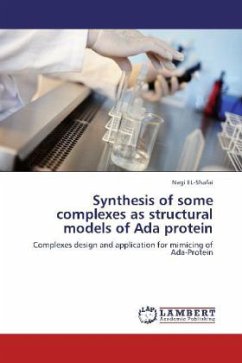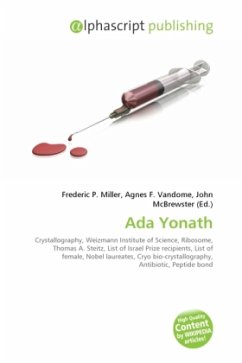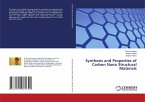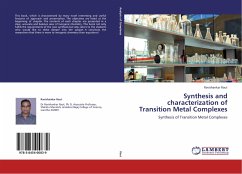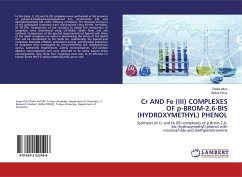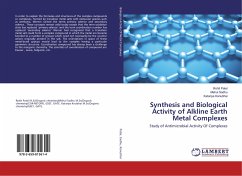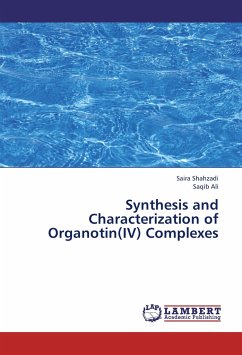Ada protein use in repairs methyl phosphotriesters in DNA by direct,irreversible transfer of the methyl groupto one of its cysteines, Cys69.This methyl transfer results in an irreversible loss of repair activity,So,the purpose of our study design and synthesis of polydentate metal(II) complexes, which structurally and functionally mimic the active site of sulfur-containing enzymes, and study of their activities toward the methylation reactions using methyl iodide as methylating agent. Consequently these metal(II) model complexes were used as potential bioinorganic catalysts to yield insight in the mechanism of action of these alkylating enzymes. The results obtained during the study that nickel(II) metal ion is active than other metal ions [(Co(II), Cu(II) and Zn(II)], where it is the most effective electron-withdrawing ion and has the greatest electrophilicity. There it can activate the thiolate nucleophile most effectively than other metal ions.The zinc(II) thiolate complex is the opposite and has the lowest methylation reactions.
Bitte wählen Sie Ihr Anliegen aus.
Rechnungen
Retourenschein anfordern
Bestellstatus
Storno

